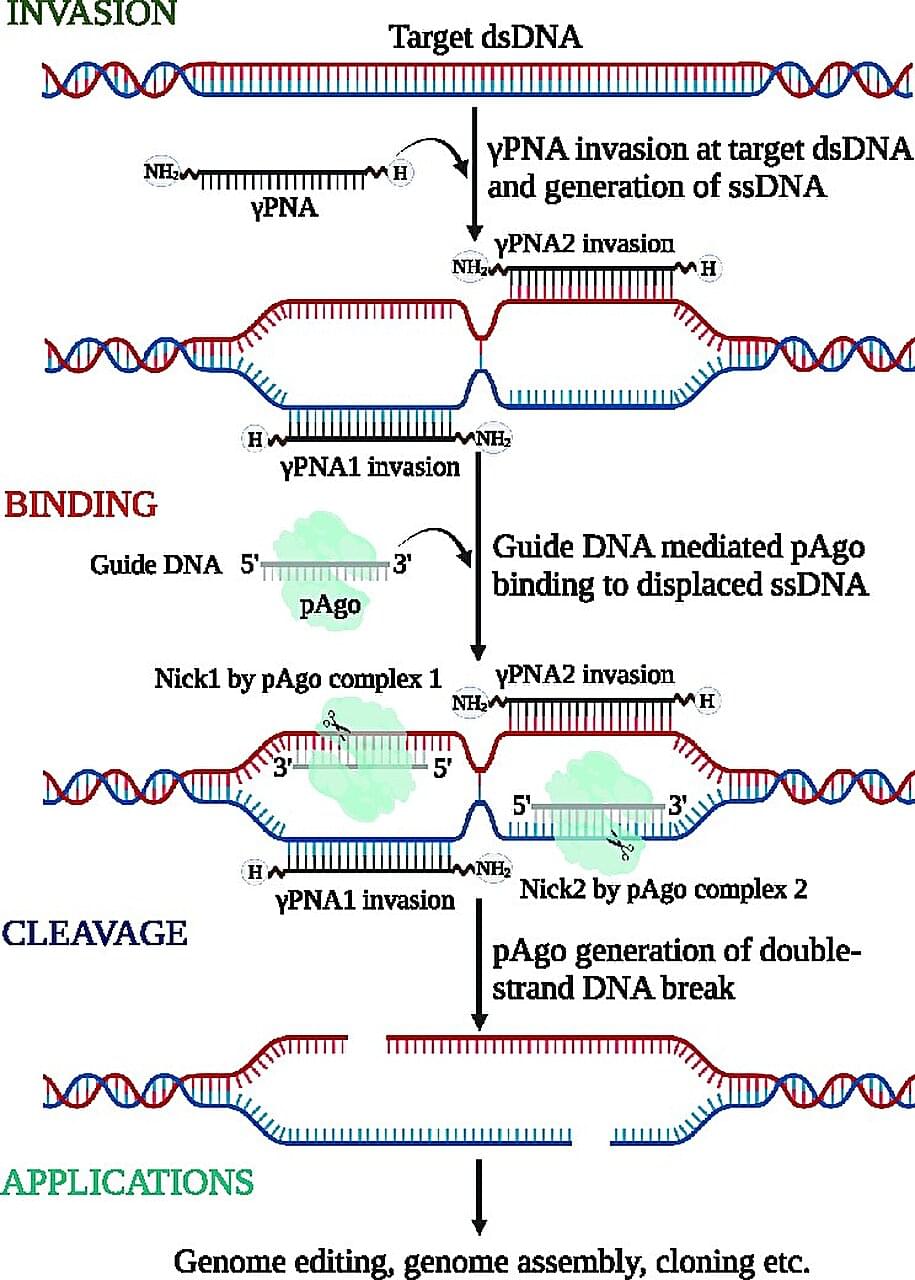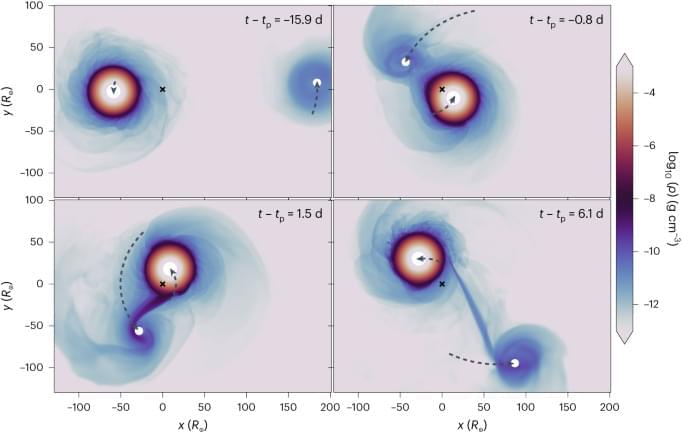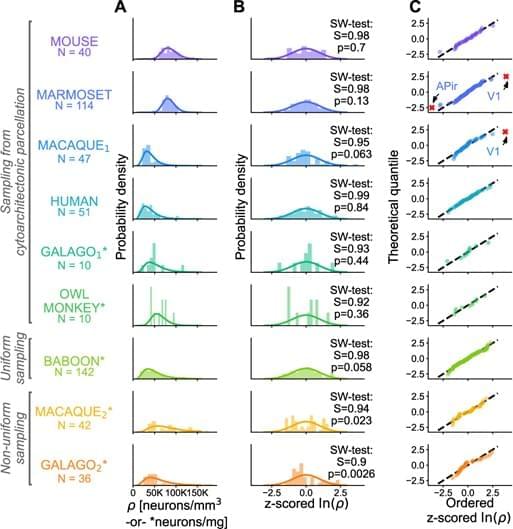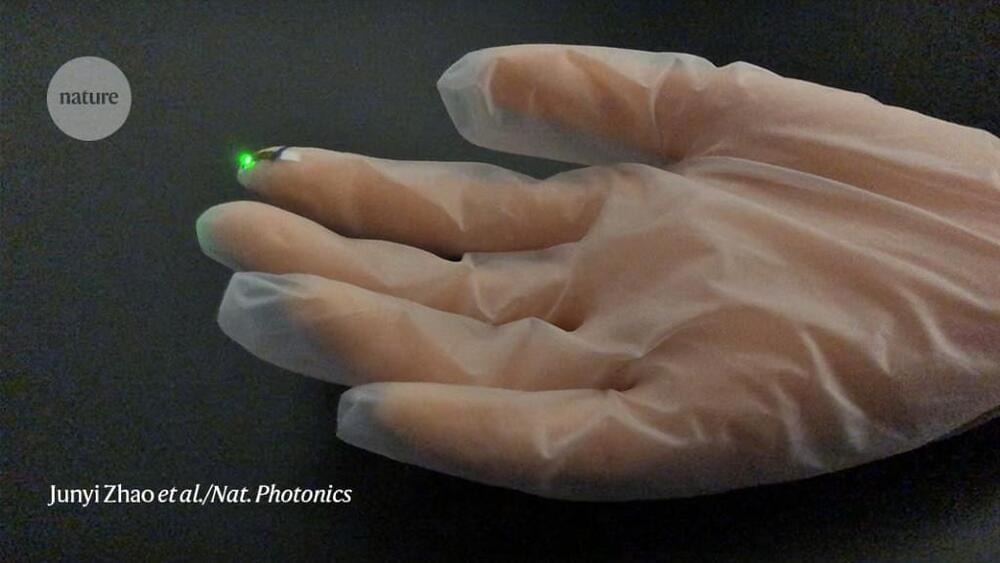A five-year “adversarial collaboration” of consciousness theorists led to a stagy showdown in front of an audience. It crowned no winners — but it can still claim progress.



Human Brain Project researchers from Forschungszentrum Jülich and the University of Cologne (Germany) have uncovered how neuron densities are distributed across and within cortical areas in the mammalian brain. They have unveiled a fundamental organizational principle of cortical cytoarchitecture: the ubiquitous lognormal distribution of neuron densities.
Numbers of neurons and their spatial arrangement play a crucial role in shaping the brain’s structure and function. Yet, despite the wealth of available cytoarchitectonic data, the statistical distributions of neuron densities remain largely undescribed. The new Human Brain Project (HBP) study, published in the journal Cerebral Cortex, advances our understanding of the organization of mammalian brains.
Analyzing the datasets and the lognormal distribution.


Researchers from Queen Mary University of London have made a discovery that could change our understanding of the universe. In their study published in Science Advances, they reveal, for the first time, that there is a range in which fundamental constants can vary, allowing for the viscosity needed for life processes to occur within and between living cells. This is an important piece of the puzzle in determining where these constants come from and how they impact life as we know it.
In 2020, the same team found that the viscosity of liquids is determined by fundamental physical constants, setting a limit on how runny a liquid can be. Now this result is taken into the realm of life sciences.
Fundamental physical constants shape the fabric of the universe we live in. Physical constants are quantities with a value that is generally believed to be both universal in nature and to remain unchanged over time—for example the mass of the electron. They govern nuclear reactions and can lead to the formation of molecular structures essential to life, but their origin is unknown. This research might bring scientists one step closer to determining where these constants come from.

PNP editing is emerging as a versatile and programmable tool for site-specific DNA manipulations. An innovative genome-editing technique could enhance the delivery, specificity and targeting of gene-modifying tools for treatments.
The KAUST-developed method combines two molecular technologies: a synthetic family of DNA-like molecules known as peptide nucleic acids (PNAs), and a class of DNA-cutting enzymes known as prokaryotic Argonautes (pAgos).
The PNAs first unzip and slip inside the DNA helix. The pAgos, guided by short fragments of genetic material, then bind the loosened helix at specific target sequences and nick each opposing strand of DNA.


Abstract. Numbers of neurons and their spatial variation are fundamental organizational features of the brain. Despite the large corpus of cytoarchitectonic data available in the literature, the statistical distributions of neuron densities within and across brain areas remain largely uncharacterized. Here, we show that neuron densities are compatible with a lognormal distribution across cortical areas in several mammalian species, and find that this also holds true within cortical areas. A minimal model of noisy cell division, in combination with distributed proliferation times, can account for the coexistence of lognormal distributions within and across cortical areas. Our findings uncover a new organizational principle of cortical cytoarchitecture: the ubiquitous lognormal distribution of neuron densities, which adds to a long list of lognormal variables in the brain.


Short-lived proteins control gene expression in cells to carry out a number of vital tasks, from helping the brain form connections to helping the body mount an immune defense. These proteins are made in the nucleus and are quickly destroyed once they’ve done their job.
Despite their importance, the process by which these proteins get broken down and removed from cells once they are no longer needed has eluded scientists for decades—until now.
In a cross-departmental collaboration, researchers from Harvard Medical School identified a protein called midnolin that plays a key role in degrading many short-lived nuclear proteins. The study shows that midnolin does so by directly grabbing the proteins and pulling them into the cellular waste-disposal system, called the proteasome, where they are destroyed.

Even though we may actually sound more like our recorded voice to others, I think the reason so many of us squirm upon hearing it is not that the recorded voice is necessarily worse than our perceived voice. Instead, we’re simply more used to hearing ourselves sound a certain way.
A study published in 2005 had patients with voice problems rate their own voices when presented with recordings of them. They also had clinicians rate the voices. The researchers found that patients, across the board, tended to more negatively rate the quality of their recorded voice compared with the objective assessments of clinicians.
So if the voice in your head castigates the voice coming out of a recording device, it’s probably your inner critic overreacting – and you’re judging yourself a bit too harshly.